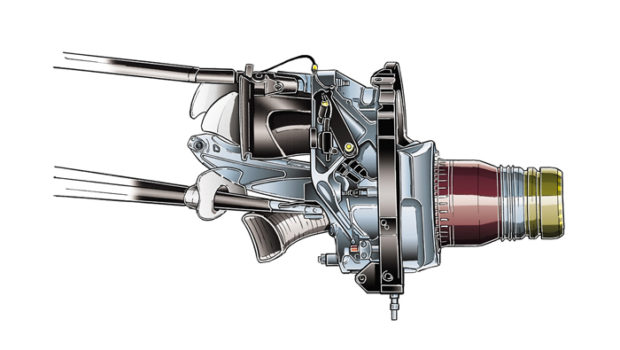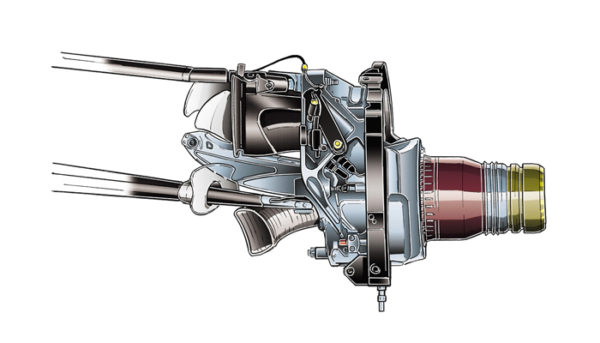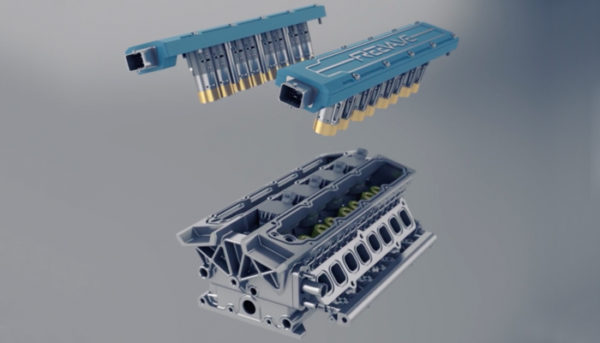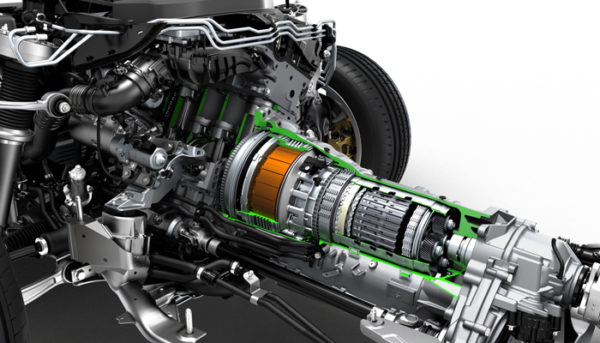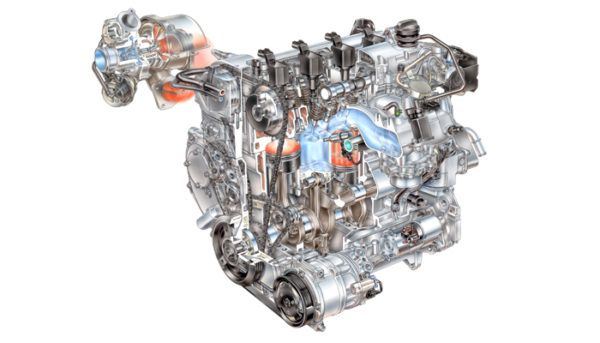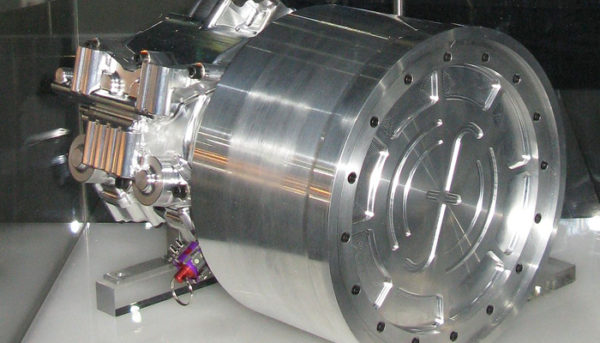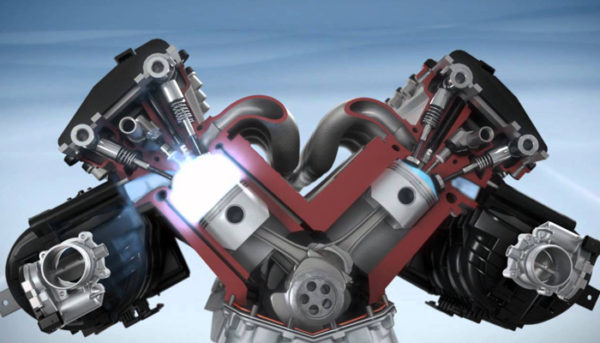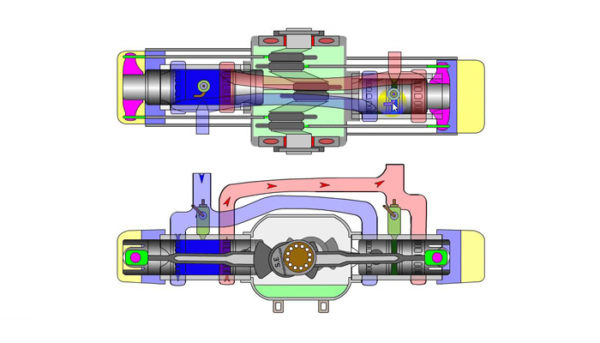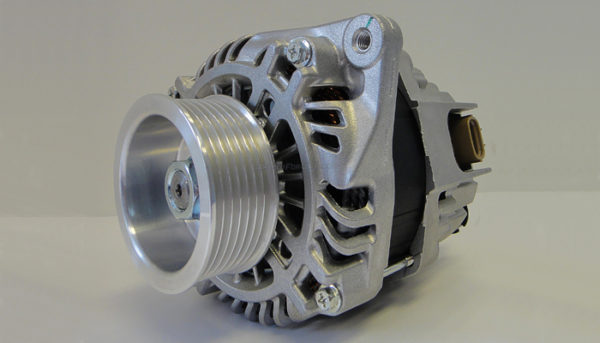7 Game-Changing Engine Technologies which will open a Portal to Future
Here is how these technologies are going to revolutionize the Engines’ efficiency game
Ever since the inception of wheel, man has always been dependent on it. From hand driven carts to animal driven trolleys, from steam engine vehicles to fossil fuel combustion engines, man did not look back while moving forward. However, no matter how advanced the modern age engines may have become, there is always room for improvement.
In a competition of providing their customers a better product than their rivals, automakers keep improving their engine technology continuously and keep rolling out engines laden with latest technologies every few days.
Although the engine technologies have come a long way and engines have become much sophisticated, still engine failure in cars is a common occurrence, which means replacing an engine or getting it reconditioned. Having said that, for an engine to be considered good, it must mate high performance with low fuel consumption. Following are the few technologies you can expect from the upcoming engines to be equipped with.
Camless Engines
The current conventional engines use variable valve timing involving variable valve lift apparatus. Due to their limitations, they do not offer endless flexibility. Camless engine technology, on the contrary, have flexibility to autonomously operate the valves inside cylinders during the combustion cycle, thereby providing infinite variable valve timing.
Camless engine is also known as free-valve piston engine whose valves are run by means of electromagnetic, hydraulic, or air-filled actuators instead of traditional cams. These actuators are employed for both the opening and closing of the valves.
These engines are also enabled to change the valve lift without altering the mechanical architecture of the engine. Thanks to their high flexibility, camless engines are also well-suited for performance modification. A few car manufacturers are already working on it, therefore, you can expect to see camless engine vehicles running on the roads sooner than expected.
Hybrid Engine Technology
Hybrid is not a new thing anymore. The term hybrid stands for a combination of two different power sources to provide a better combined output. Hybrid engines that are in market these days are mostly based on petrol combustion engine coupled with an electric-driven motor, however, a few hybrid vehicles use diesel engines too.
What actually happens is that the electric motor assists the vehicle in ignitions and starting off. Furthermore, electric motor can run the vehicle even on the highway under suitable conditions, which means less or no use of fossil fuel engine. This practice ultimately results in reduction of fuel consumption significantly. Numerous world-class automobile manufacturers such as Toyota, BMW, Nissan, and Land Rover are currently working on hybrid engine technologies and investing a lot in it.
Direct Injection Turbo Ethanol Engine
A common conception about higher compression ratio is that it can increase the fuel efficiency considerably, however, it cannot be supposed for petrol engines. Therefore, a normal engine cannot utilize higher rate of compression in the absence of Ethanol boost.
The DI Turbo engine technology enables the petrol engines to make use of higher compression ratios and it is rendering them as efficient as the diesel engines. Direct injection involves spraying the mixture of air and fuel directly into each combustion chamber.
This brand new technology has improved fuel economy to a great extent thanks to its highly advanced method of injecting fuel. This way, the quantity of fuel needed for each cylinder is measured and controlled more precisely.
Kinetic Energy Recovery System (KERS)
The Kinetic Energy Recovery System is a very innovative yet expensive technology. This technology is aimed at recovering the kinetic energy released under braking that would otherwise waste. This recovered energy can then be used to boost the transmission system to power the car.
KERS is a very complex technology, but a cleverly designed mechanism can harness the energy in an efficient way for engines. Auto manufacturers like Volvo and Jaguar are working on this technology in order to improve the fuel efficiency of their vehicles.
Cylinder Deactivation Technology
This technology is being tested in bigger engines like V6 and V8 etc. The idea working behind this technology is that when your car is running along the freeway, it requires only a minor quantity of fuel in order to keep it going at a stable speed. What this technology actually does is that it deactivates cylinders which are not needed, automatically.
For example, the 8 cylinder engine will employ only four engines when rest of the four are not needed, without the driver knowing it. The deactivation and reactivation is so seamless that it is impossible to know when it happens. What is achieved as an end result is the economy of fuel. Quite smart, isn’t it?
Opposed-Piston-Opposed-Cylinder (OPOC)
As the name suggests, Opposed-Piston-Opposed-Cylinder technology requires an extra set of pistons that oppose the conventional pistons. What actually happens is that a single combustion chamber is used for pushing two pistons.
This is one of the most radical and innovative engine technology. In addition to other performance based plus points, another valuable advantage of OPOS is that it offers around 15% more fuel efficiency than all the traditional engines.
Active Alternator
Last but not the least, the active alternator is basically a generator which is charged with the duties of recharging the car’s battery when the engine is in working. This forward looking technology makes use of the engine’s revolutions in order to spin a pulley to produce rotational energy that is utilised to charge the battery.
Active alternators is going to be introduced in vehicles like Mazda and BMW. These vehicles use a mechanism to enable the alternator to spin freely when the battery is fully charged. This feature provides the engine with the facility to work normally rather than harder, to spin the alternator, consequently saving fuel. Despite being a tiny step, it helps a great deal in improving engine performance and efficiency.
Is future of engines in safe hand?
Keeping in view all the advancements in engine technology and the healthy competition among automakers, the future of engines seems to be in safe hands. And it is not long until we actually see cars running on the roads having state of the art engines under their bonnets.

